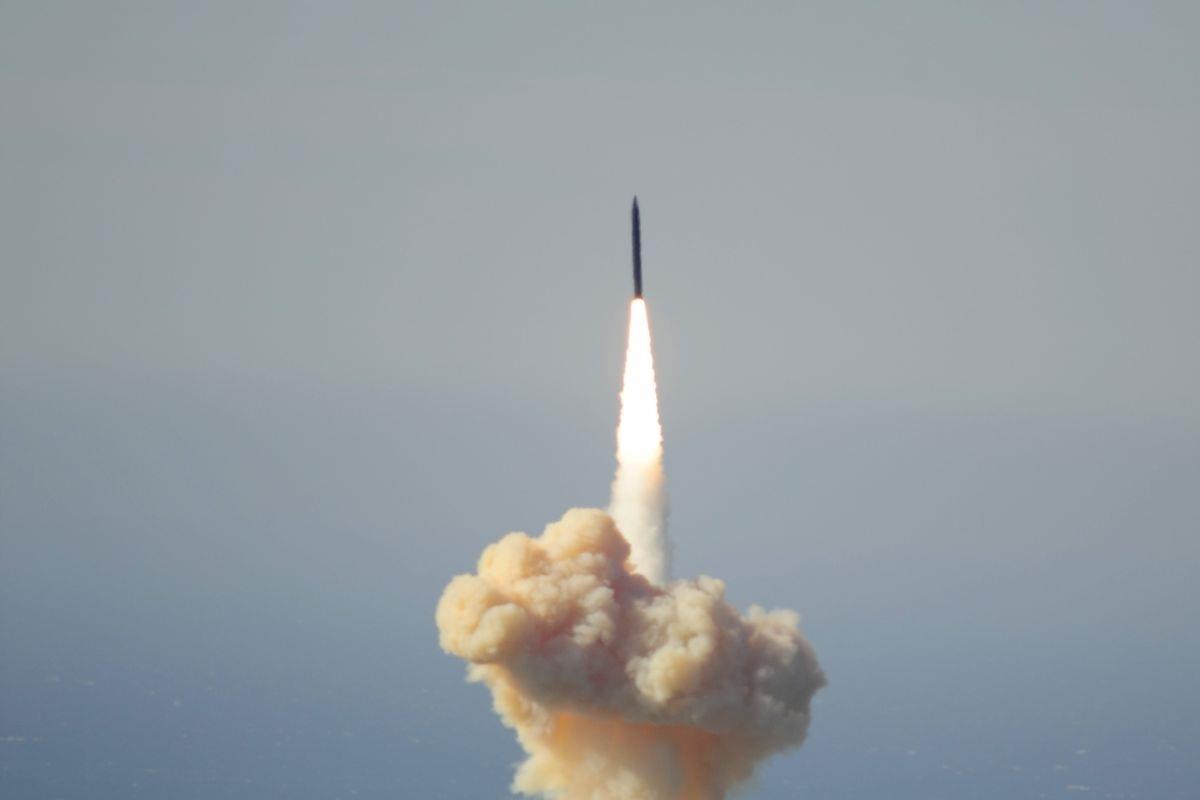DENVER, the Unites States, May 31 (Xinhua) -- U.S. military officials have called the successful destruction of a mock nuclear warhead over the Pacific in the latest intercept test a critical step for a missile defense program that started 35 years ago.
"This test demonstrates that we have a capable, credible deterrent against a very real threat," said Vice Adm. Jim Syring, director of the Defense Department's Missile Defense Agency.
"I expect the American tests to continue, and the more the better," Republican insider Al Rickard, a Washington D.C.-based publisher, told Xinhua Wednesday, in commenting the latest intercept test.
The U.S. interceptor has an uneven track record, having succeeded nine times out of 17 attempts against missiles in test since 1999. The last one conducted in June 2014 was also a success.
In Tuesday's test, seconds after a mock nuclear missile targeting the continental United States was launched from the Marshall Islands, a new-age, "high speed" U.S. interceptor missile was launched from southern California.
The test launch, the first of its kind since 2014, was seen from miles away as smoke and fire accompanied the blastoff.
According to U.S. military officials, the Raytheon-made 54-kg interceptor missile with Boeing thrusters, travelled at a hypersonic speed and hit its target high above the south Pacific about 15 minutes after its launch.
Its target simulated an intercontinental ballistic missile, meaning it flew faster than missiles used in previous intercept tests, according to Christopher Johnson, the Missile Defense Agency's spokesman.
The United States has interceptors based at Fort Greely in Alaska and Vandenberg Air Force Base, about 250 km northwest of Los Angeles.
The latest test cost close to 250 million U.S. dollars, and Pentagon has not ruled out more tests in the near future.
By the end of the year, some 44 interceptors are expected to be live and operational, up from the current 36, officials said.
Last week, the Pentagon presented its 2018 budget to Congress, proposing spending 7.9 billion dollars on missile defense, including 1.5 billion dollars for the ground-based midcourse defense program.
